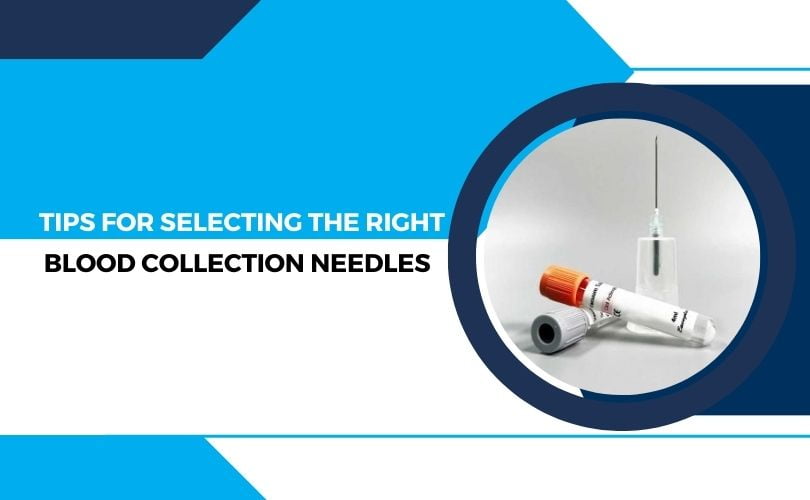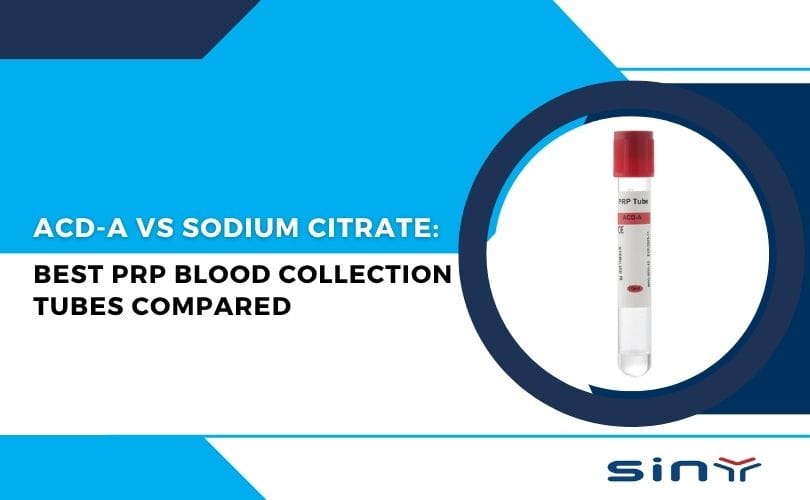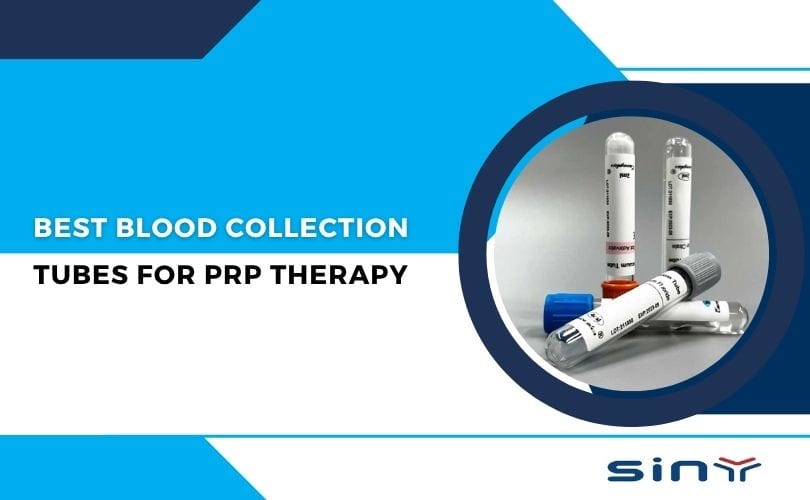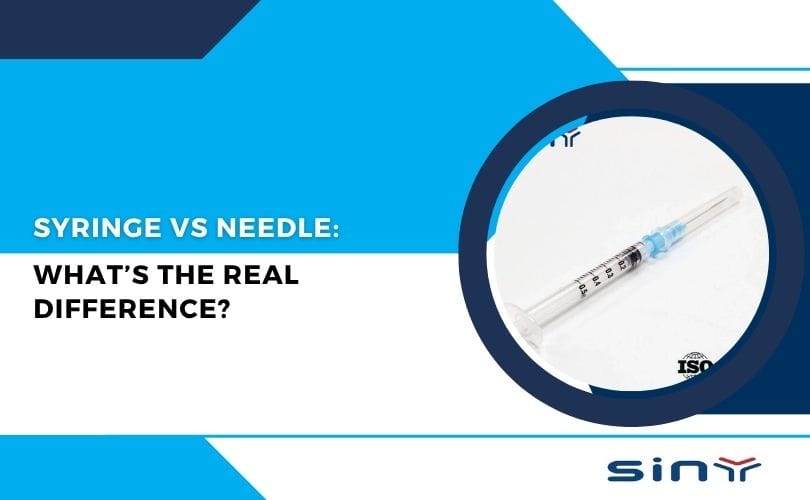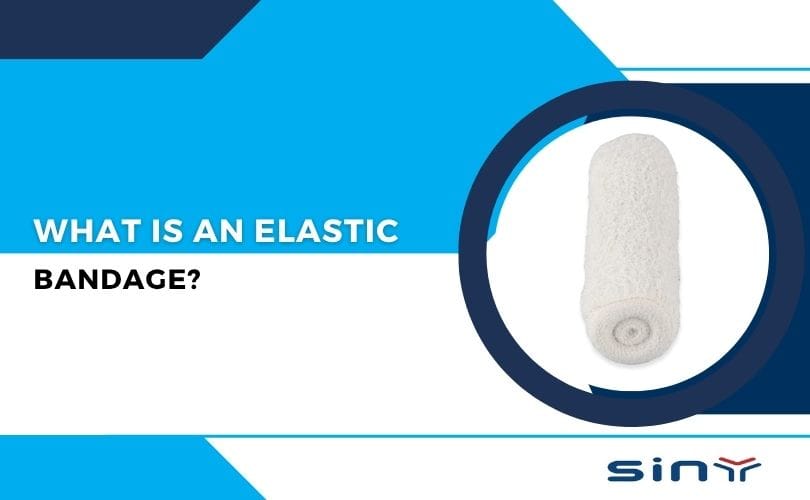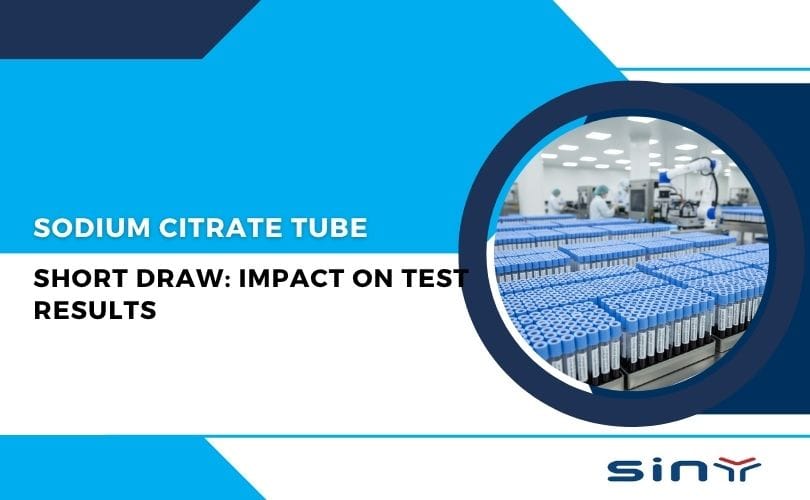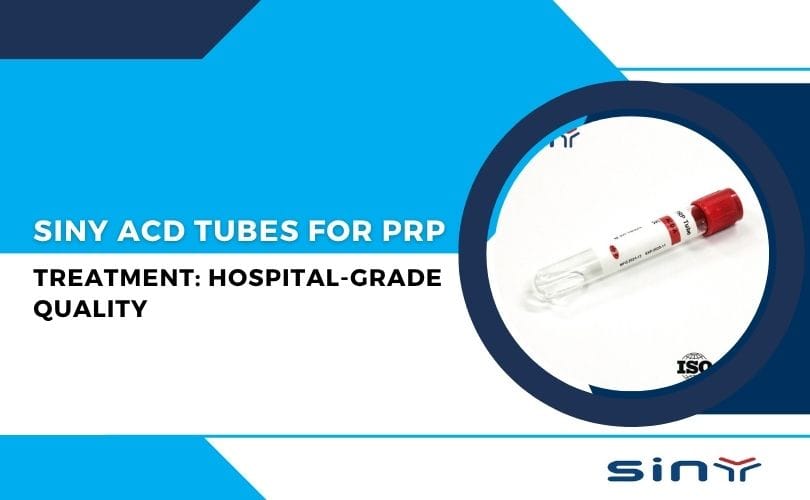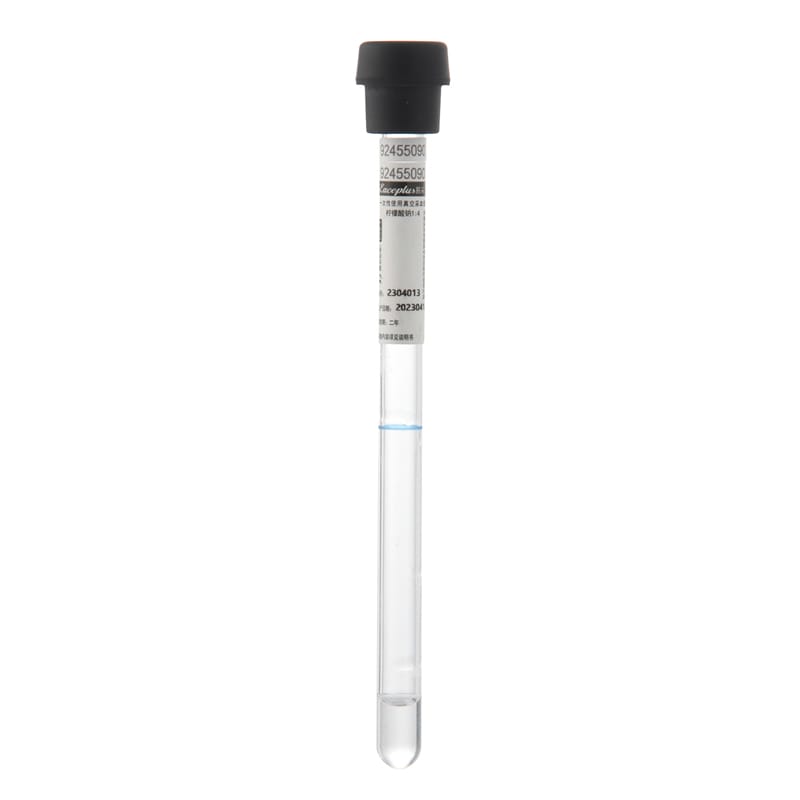One such detail is the selection of the right blood collection needles. These unassuming medical instruments play a crucial role in drawing blood for various diagnostic tests and procedures. Choosing the appropriate blood collection needles is vital for ensuring patient comfort, safety, and the accuracy of test results.
In this comprehensive guide, we will delve into the intricacies of selecting the right blood collection needles, ensuring you make informed decisions that benefit both healthcare providers and patients. So, let’s embark on this journey through the world of medical needles and discover how to choose the best ones for your healthcare facility.
Table of Contents
- 1 Introduction
- 2 Understanding Blood Collection Needles
- 3 The History of Blood Collection Needles
- 4 The Mechanics of a Blood Collection Needle
- 5 Types of Blood Collection Needles
- 6 Venipuncture Needles
- 7 Butterfly Needles (Winged Infusion Sets)
- 8 Safety Needles
- 9 Winged Infusion Sets
- 10 Pediatric Blood Collection Needles
- 11 Geriatric Blood Collection Needles
- 12 Needles with Flashback Technology
- 13 Penetration-Enhancing Needles
- 14 Standard vs. Safety Versions
- 15 Finding the Right Blood Collection Needle
- 16 Needle gauge and patient age
- 17 Needle Type for Specific Procedures
- 18 Needle Gauge and Blood Flow Rate
- 19 Customizing Needle Length
- 20 Enhanced Patient Comfort
- 21 Safety Measures and Needlestick Prevention
- 22 Balancing Quality, Budget, and Compliance
- 23 Techniques for Efficient Blood Collection
- 24 Patient Comfort and Satisfaction
- 25 Conclusion: Blood Collection Needles
- 26 FAQs Blood Collection Needles
- 26.1 Are there any specific guidelines for selecting blood collection needles for pediatric patients?
- 26.2 What are the key differences between butterfly needles and safety needles?
- 26.3 How do I properly dispose of used blood collection needles?
- 26.4 Is there a preferred needle material for specific procedures?
- 26.5 What should I look for when choosing a reliable brand for blood collection needles?
Introduction
The careful selection of blood collection needles stands as a pivotal choice that healthcare providers must make daily. Blood collection needles, though modest in appearance, are indispensable tools for drawing vital blood samples, forming the foundation of accurate diagnoses and medical interventions.
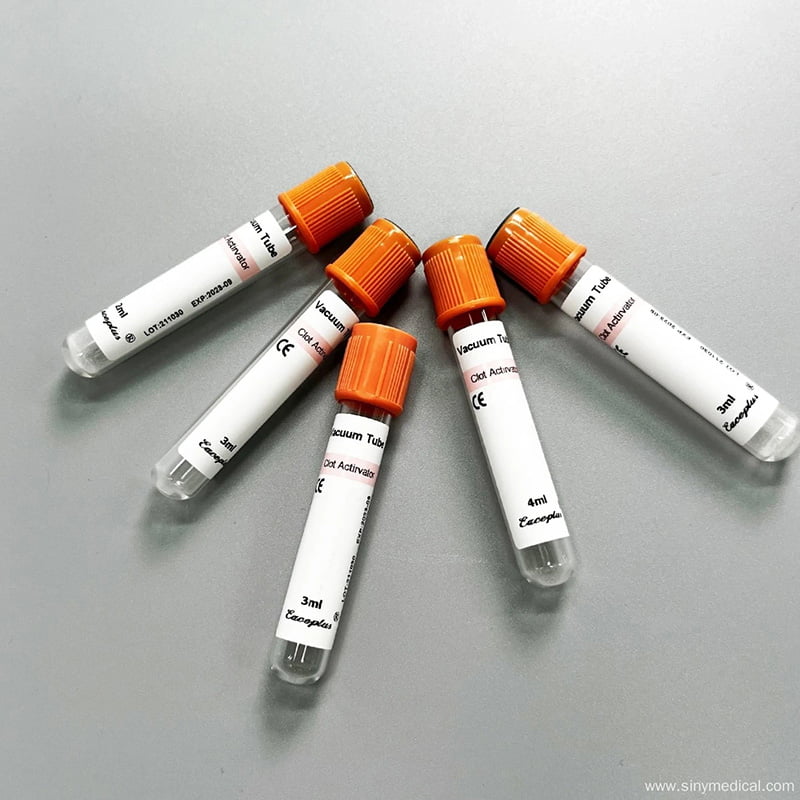
This comprehensive guide aims to shed light on the nuanced process of choosing the appropriate blood collection needles. We delve into the multifaceted realm of these medical instruments, considering factors that impact patient comfort, Siny healthcare worker safety, and the reliability of diagnostic tests. The goal is simple yet crucial: to empower healthcare professionals and facilities to make informed choices regarding blood collection needles. As we navigate through the various aspects of selection, we’ll explore needle types, gauges, safety features, patient considerations, and more. Join us on this journey to ensure that every blood draw is not only precise but also safe and comfortable, reflecting the utmost commitment to patient care.
Understanding Blood Collection Needles
Blood collection needles are medical devices designed for the safe and efficient extraction of blood samples from patients. These needles are typically attached to syringes, evacuated blood collection tubes, or blood collection sets. The choice of needle depends on the specific requirements of the blood collection procedure.
The History of Blood Collection Needles
Blood collection, a cornerstone of modern medicine, has a history intertwined with the evolution of needles. The journey from primitive tools to the finely crafted instruments we use today is a testament to human ingenuity and the pursuit of medical excellence.
Ancient Origins: Bloodletting, a once-common medical practice, dates back thousands of years. In ancient civilizations such as Mesopotamia, Egypt, and Greece, practitioners used crude, sharpened stones or shells to make incisions for blood collection needles. These early devices lacked precision and often posed significant risks to patients.
Medieval Advancements
During the Middle Ages, bloodletting remained prevalent, and needles began to play a more prominent role. Simple metal tubes known as “fleams” were used for venipuncture, though their design was far from ideal. These early needles lacked the precision required for safe and efficient blood collection.
Renaissance and the Age of Enlightenment: As medical knowledge advanced, so did the instruments used for blood collection. During the Renaissance, the design of needles became more sophisticated. However, the practice of bloodletting was still rooted in tradition and often did more harm than good.
19th Century Innovations: The 19th century marked a significant turning point in the history of blood collection needles. Innovations in metallurgy and manufacturing led to the production of finer, more precise needles. Healthcare practitioners began to prioritize the cleanliness of instruments, reducing the risk of infections during blood collection procedures.
20th Century Revolution: The 20th century saw a revolution in medical instruments, including blood collection needles. The development of vacuum tubes and evacuated blood collection systems made the process more efficient and less painful for patients. Sterilization techniques improved, further enhancing safety.
Modern Precision: Today, blood collection needles have reached a pinnacle of precision and safety. They come in various gauges and lengths, catering to specific medical needs and patient comfort. Safety features, such as needle shields and retractable mechanisms, have been incorporated to protect both healthcare workers and patients.
The Mechanics of a Blood Collection Needle
Blood collection needles may appear deceptively simple, but their mechanics are finely tuned to perform a crucial medical task with precision and safety. Understanding the inner workings of these needles is essential for healthcare professionals to use them effectively. Let’s delve into the mechanics of a blood collection needle:

Needle Components
A blood collection needle consists of several key components:
- Hub: The hub is the base of the needle, where it connects to other medical devices like syringes or blood collection tubes. It provides stability during the blood collection process.
- Cannula: The cannula is the needle itself, typically made of stainless steel. Its design includes a bevelled tip for easier penetration of the skin and vein.
- Shaft: The shaft connects the hub to the cannula, allowing for precise control during venipuncture.
- Lumen: The lumen is the hollow channel inside the cannula that allows blood to flow from the patient’s vein into a collection tube or syringe.
Vacuum Mechanism
Many modern blood collection needles are equipped with a vacuum mechanism, which plays a crucial role in blood collection efficiency.
- Evacuated Blood Collection Tubes: When the needle punctures the patient’s vein, it is inserted into a vacuum-sealed blood collection tube. As the vacuum inside the tube is released, it draws blood from the patient’s vein into the tube. This mechanism ensures that the correct volume of blood is collected without the need for additional manipulation.
Safety Features
Blood collection needles often incorporate safety features to protect both healthcare workers and patients:
- Needle Shields: Some needles have a protective shield that covers the needle after use. This shield prevents accidental needlestick injuries during disposal.
- Retractable Needles: Certain needles have retractable mechanisms that retract the needle into the hub after use. This feature adds an extra layer of safety.
Butterfly Needles
In contrast to standard straight needles, butterfly needles, also known as winged infusion sets, have a unique design:
- Wings: Butterfly needles have small, flexible wings on either side of the hub. These wings allow for better control and stability during venipuncture.
- Tubing: Butterfly needles are often attached to longer, flexible tubing, making them suitable for delicate or difficult-to-reach veins
Butterfly Needles Best Product
1. Siny medical safety winged infusion sets
2. Sinymedical Disposable Wings Butterfly Needle
3. Siny Medical Butterfly Injection Needle
Safety Injection Needles
Safety injection needles are designed to prevent accidental needlestick injuries in healthcare settings. They have features such as retractable needles or shields that cover the needle after use to reduce the risk of accidental pricks. These needles are essential in reducing the transmission of blood-borne infections and improving the safety of healthcare workers.
Venipuncture Technique
To effectively use a blood collection needle, healthcare professionals follow these steps:
- Preparation: The needle is carefully selected based on the patient’s vein condition and the intended blood collection method.
- Venipuncture: The healthcare provider cleans the site, stabilizes the vein, and inserts the needle at the correct angle and depth.
- Blood Flow: The vacuum mechanism or a syringe connected to the needle helps draw blood from the vein into the collection container.
- Withdrawal: Once the required amount of blood is collected, the needle is withdrawn, and pressure is applied to the puncture site to prevent bleeding.
The mechanics of a blood collection needle involve a combination of engineering precision and safety features. These instruments are designed to make blood collection efficient, accurate, and safe for both healthcare professionals and patients, contributing to the overall quality of healthcare delivery. Understanding their mechanics is essential for those involved in blood collection procedures.
Types of Blood Collection Needles
Blood collection needles come in various types, each designed to meet specific medical needs and patient requirements. Understanding these types is crucial for healthcare professionals to choose the right needle for a particular blood collection procedure. Here are the primary types of blood collection needles:
Venipuncture Needles
Description: Venipuncture needles are the most common type used for drawing blood samples. They have a straight, sharp cannula with a bevelled tip.
Applications: Venipuncture needles are versatile and can be used for routine blood collection from superficial or deep veins.
Butterfly Needles (Winged Infusion Sets)
Description: Butterfly needles, or winged infusion sets, have flexible plastic wings on either side of the hub, which allows for better control during venipuncture. They are often attached to longer tubing.
Applications: These needles are ideal for patients with fragile veins or when performing difficult venipunctures. They provide stability and reduce the risk of vein damage.
Safety Needles
Description: Safety needles are equipped with mechanisms to protect healthcare workers from accidental needlestick injuries. They may feature retractable needles or needle shields.
Applications: Safety needles are essential in settings where there is a risk of needlestick injuries, such as hospitals and clinics. They enhance healthcare worker safety during and after blood collection.
Winged Infusion Sets
Description: Winged infusion sets are similar to butterfly needles and are often used for short-term intravenous (IV) access. They have a small, flexible butterfly-like wing on one side of the hub.
Applications: These needles are commonly used for administering medications or fluids, making them valuable in both blood collection and infusion procedures.
Pediatric Blood Collection Needles
Description: Pediatric blood collection needles are specifically designed for use with infants and children. They are smaller in size and gauge to minimize discomfort.
Applications: These needles are essential for pediatric healthcare, ensuring a gentle and accurate blood collection process for young patients.
Geriatric Blood Collection Needles
Description: Geriatric blood collection needles are tailored to the needs of elderly patients, often featuring thinner gauges to accommodate fragile veins.
Applications: These needles are suitable for elderly patients whose veins may be more delicate and prone to damage.

Needles with Flashback Technology
Description: Some blood collection needles have flashback technology, which provides a visual confirmation of blood flow into the collection tube.
Applications: Flashback needles help ensure that the needle is properly positioned within the vein, reducing the risk of failed venipuncture attempts.
Penetration-Enhancing Needles
Description: These needles are designed with features to facilitate easier penetration of the skin and vein, reducing patient discomfort.
Applications: Penetration-enhancing needles are useful when working with patients who may have particularly tough or difficult-to-penetrate skin.
Standard vs. Safety Versions
Description: Most of the above types of needles come in both standard and safety versions, allowing healthcare providers to choose the level of safety required for a specific procedure.
Applications: The choice between standard and safety versions depends on the healthcare facility’s safety protocols and the risk of needlestick injuries.
The variety of blood collection needles available in the medical field reflects the diverse needs of patients and the safety concerns of healthcare blood test professionals. Selecting the right type of needle is essential for ensuring accurate blood collection while prioritizing patient comfort and safety.
Finding the Right Blood Collection Needle
Selecting the appropriate blood collection needle is a critical decision in the healthcare setting. The right needle ensures the success of blood collection procedures, patient comfort, and healthcare worker safety. Here’s a step-by-step guide to help healthcare professionals find the right blood collection needle for their specific needs:
Needle gauge and patient age
Pediatric Patients: For pediatric patients, especially infants, it’s crucial to use thinner gauges, Blood Collection Needle 21g with CE ISO Approval. Their delicate veins require a gentle approach to minimize discomfort.
Adult Patients: Standard gauges (20-21 gauge) are generally suitable for most adult patients. However, consider variations based on individual vein conditions.
Needle Type for Specific Procedures
Venipuncture: Routine venipuncture procedures benefit from standard venipuncture needles.
Intravenous (IV) Access: When establishing IV access for medication or fluids, consider using winged infusion sets or butterfly needles for better control.
Needle Gauge and Blood Flow Rate
Blood Flow Requirements: The choice of needle gauge also depends on the required blood flow rate. Thicker gauges allow for faster blood collection, which can be essential in emergencies or when large volumes of blood are needed.
Customizing Needle Length
Superficial Veins: Shorter needles (e.g., 1 inch) are suitable for accessing superficial veins near the surface of the skin.
Deeper Veins: Longer needles (e.g., 1.5 inches or more) are necessary for reaching deeper veins accurately.
Enhanced Patient Comfort
Bevelled Tips: Needles with bevelled tips offer smoother penetration, reducing patient discomfort during the venipuncture.
Smaller Outer Diameters: Choosing needles with smaller outer diameters minimizes the sensation of the needle, improving patient comfort.
Safety Measures and Needlestick Prevention
Safety Needle Selection: In settings with a higher risk of needlestick injuries, prioritize safety needles with features like retractable mechanisms or needle shields.
Protecting Healthcare Workers: By choosing safety needles, you prioritize the safety of healthcare workers, reducing the risk of needlestick injuries and associated infections.
Balancing Quality, Budget, and Compliance
High-Quality Brands: While considering budget constraints, prioritize high-quality, reputable brands. Quality needles ensure reliable blood collection and patient safety.
Regulatory Compliance: Ensure that the selected needles comply with regional regulatory guidelines and standards to maintain patient safety and quality assurance.
Finding the right blood collection needle requires a comprehensive approach that considers patient age, procedure type, blood flow requirements, comfort, safety, and compliance with regulations. By carefully evaluating each of these factors, healthcare professionals can ensure that blood collection procedures are not only successful but also safe and comfortable for their patients.
Techniques for Efficient Blood Collection
Efficient blood collection techniques are crucial for healthcare professionals to ensure accurate, timely, and comfortable procedures for patients. These techniques not only enhance the quality of healthcare but also minimize the stress and discomfort experienced by patients. Here are some key techniques for efficient blood collection:
Proper Patient Positioning
Ensure that the patient is in a comfortable and appropriate position for blood collection. Depending on the procedure, this may involve sitting, lying down, or reclining. Proper positioning helps facilitate vein access and minimizes patient discomfort.
Vein Assessment and Selection
Before inserting the needle, assess the patient’s veins for their size, depth, and condition. Choose the most suitable vein for the procedure, considering factors such as vein visibility, palpability, and fragility.
Needle Insertion Angle and Depth
Insert the needle at the appropriate angle and depth, which can vary depending on the chosen vein and the needle length. A shallow angle is typically used for superficial veins, while a steeper angle may be necessary for deeper veins.
Efficient Blood Collection Technique
Once the needle is correctly positioned within the vein, maintain a steady hand and a slow, controlled draw of blood into the collection tube or syringe. Avoid excessive movement or redirection of the needle, as this can cause vein damage or discomfort.
Needle Removal and Pressure Application
After collecting the blood sample, remove the needle smoothly and quickly.
Immediately apply gentle pressure over the puncture site with a clean gauze pad to prevent bleeding and hematoma formation.
Needle Disposal and Safety Measures
Safely dispose of used needles in designated sharps containers to prevent needlestick injuries.
Adhere to safety protocols to minimize the risk of exposure to bloodborne pathogens.
Patient Comfort and Emotional Support
Maintain a reassuring and compassionate demeanor throughout the procedure to alleviate patient anxiety. – Offer post-procedure care instructions and address any discomfort or concerns the patient may have.
Patient Comfort and Satisfaction
Ensuring patient comfort and satisfaction during blood collection procedures is paramount in healthcare. The choice of blood collection needles plays a pivotal role in this regard, as it directly impacts the patient’s experience. Here’s why patient comfort and satisfaction matter:
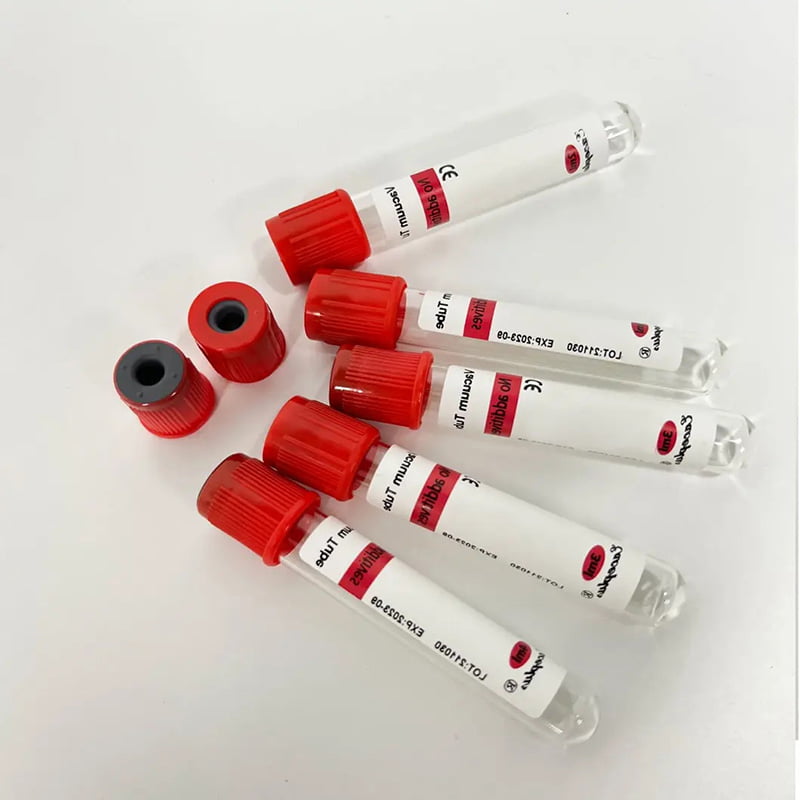
Minimizing Discomfort
Needle-related discomfort is a common concern among patients. By selecting needles with features like bevelled tips for smoother penetration and smaller outer diameters, healthcare professionals can significantly reduce the sensation of the needle entering the skin, making the procedure more comfortable.
Reducing Anxiety
Many patients experience anxiety or fear associated with needle procedures. Healthcare providers should consider the psychological impact of needle selection. Using thinner-gauge needles, especially for patients with needle phobia, can help alleviate anxiety and improve the overall experience.
Enhancing Patient Cooperation
Comfortable and pain-free blood collection promotes patient cooperation. Patients who have a positive experience are more likely to comply with future medical tests and treatments, ultimately improving healthcare outcomes.
Building Trust
Patient trust in healthcare providers and facilities is closely linked to their perception of care quality. When patients feel their comfort is prioritized, trust is built, leading to a stronger patient-provider relationship.
Minimizing Trauma
The use of appropriate needles helps minimize physical trauma to the vein and surrounding tissue. This not only reduces pain during the procedure but also decreases the risk of complications such as hematomas or phlebitis.
Improving Overall Satisfaction
A positive blood collection tube experience contributes to overall patient satisfaction. Satisfied patients are more likely to provide positive feedback and recommend the healthcare facility to others.
Patient-Centered Care
Patient-centered care is a fundamental principle in healthcare. It emphasizes tailoring medical procedures to individual patient needs and preferences. By considering patient comfort when selecting blood collection needles, healthcare professionals embody this principle.
Pediatric and Geriatric Considerations
Pediatric and geriatric patients, in particular, may have unique comfort needs. Choosing needles specifically designed for these populations can greatly enhance their experience and cooperation.
Conclusion: Blood Collection Needles
Selecting the right blood collection needles is a critical aspect of healthcare delivery. By considering factors such as needle type Red Top Blood Collection Tubes, gauges, safety features, and patient comfort, healthcare providers can ensure the best possible experience for patients while minimizing risks for both patients and healthcare workers.
FAQs Blood Collection Needles
Are there any specific guidelines for selecting blood collection needles for pediatric patients?
Yes, pediatric patients often require smaller gauge needles to minimize discomfort. Consult with your healthcare facility’s pediatric department for specific recommendations.
What are the key differences between butterfly needles and safety needles?
Butterfly needles are primarily designed for venipuncture, while safety needles have mechanisms to prevent needlestick injuries. The choice depends on the procedure and safety requirements.
How do I properly dispose of used blood collection needles?
Used needles should be placed in puncture-resistant containers designed for medical waste disposal. Follow your facility’s guidelines for disposal.
Is there a preferred needle material for specific procedures?
Stainless steel needles are commonly used for most procedures due to their durability and sharpness. Plastic needles may be suitable for specific situations.
What should I look for when choosing a reliable brand for blood collection needles?
Look for brands with a reputation for producing high-quality, compliant medical devices. Reviews and recommendations from healthcare professionals can also be helpful.


